U.S. Military Releases Al-Qaqaa Image
U.S. Military Releases Al-Qaqaa Image
Friday, October 29, 2004
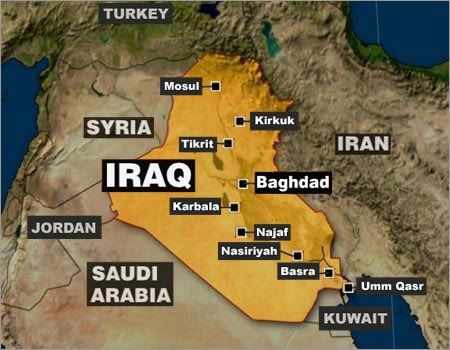
WASHINGTON — The Pentagon released a photograph of an Iraqi military facility taken before the U.S.-led war in 2003 but officials won't speculate about what happened to tons of explosives kept there.
The image shows several bunkers at the Al-Qaqaa weapons facility, one of which has two tractor-trailers parked next to it. The picture was shot from the air on March 17, 2003.
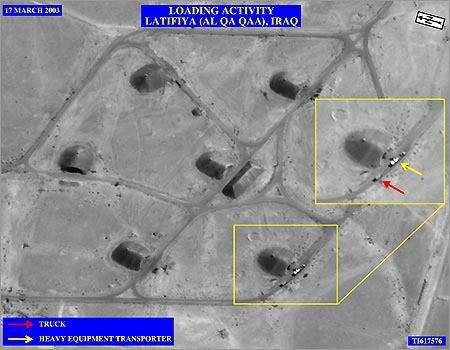
Senior Defense officials adamantly refused to speculate as to what is happening at the bunker highlighted in the photo, saying it's anyone's guess. They said that the photo has been released to show that the Al-Qaqaa facility "was not hermetically sealed" after international weapons inspectors paid their last visits to the facility earlier in the month.
Officials are analyzing the image and others for clues into when the nearly 380 tons of explosives were taken. The munitions included HMX and RDX, key components in plastic explosives, which insurgents in Iraq have used in bomb attacks.
The International Atomic Energy Agency, which reported the disappearance to the United Nations on Monday, believes they were taken after Saddam Hussein was driven from power but Bush administration officials maintain the explosives were already gone when U.S. troops got to the base.
The scrutiny over the missing explosives also has dominated the presidential race in its closing days.
Defense officials told FOX News they have other photos in their possession, which they will not release, that show similar activity. One purportedly shows several similar heavy lift transports parked on an airfield about one or two kilometers away from the bunkers seen in the unclassified photo. The airfield picture was taken on April 1, 2003.
One senior official, pointing to the bunker seen in the uppermost right-hand corner of the unclassified photo, said it is "believed" that bunker was one of the HMX storage units. However, there is no public speculation as to what was inside that bunker when the picture was taken.
Overhead photos taken on March 14 and March 20 show no vehicular activity at Al-Qaqaa, officials said.
"We take no view of the purpose of these trucks," a senior official said. "All we're saying is this is two big trucks in front of a bunker."
When Were Inspectors at Al-Qaqaa?
The last time the IAEA knew with certainty the contents of the Al-Qaqaa bunkers was in January of 2003, when its inspectors logged all the explosives there. The IAEA action report, which was obtained by FOX News, placed the inventory of HMX and RDX explosives at Al-Qaqaa at 221 tons – not 377 tons, as the IAEA reported Monday.
To read the IAEA action report, click here (11 pages, pdf).
On Thursday, an IAEA spokesman said another 150 tons of RDX was stored at a facility known as Al-Mahaweel, a storage site under Al-Qaqaa's jurisdiction located outside the main Al-Qaqaa site. Al-Mahaweel was controlled by the same Iraqi administrators who ran Al-Qaqaa.
The January 2003 IAEA action report noted that the explosives were stored in nine different bunkers at Al-Qaqaa. Each of the bunkers was locked and marked with IAEA tags and seals on them.
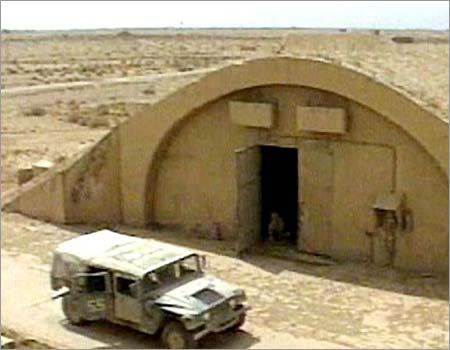
But the report also included a warning. "Of note was that the sealing on the bunkers was only partially effective because each bunker had ventilation shafts on the sides of the buildings. These shafts were not sealed, and could provide removal routes for the HMX while leaving the front door locked,” it said.
The IAEA said Thursday it warned the United States about the vulnerability of explosives stored at Al-Qaqaa after another facility -- Iraq's main nuclear complex -- was looted in April 2003.
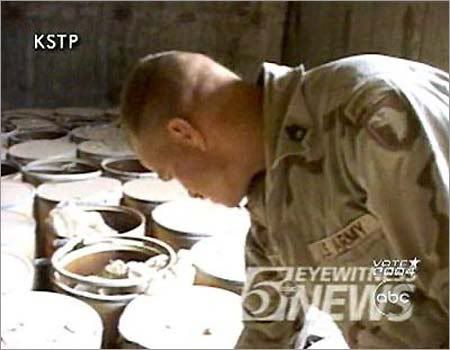
IAEA spokeswoman Melissa Fleming told The Associated Press that U.S. officials were cautioned directly about what was stored at Al-Qaqaa and its vulnerability after the Tuwaitha nuclear complex was looted.
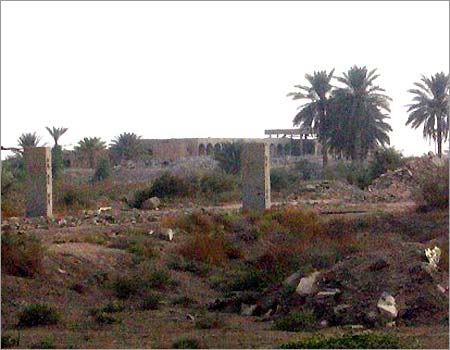
"It is also important to note that this was the main high explosives storage facility in Iraq, and it was well-known through IAEA reports to the Security Council," Fleming said.
IAEA inspectors last saw the explosives in January 2003 when they took an inventory and placed fresh seals on the bunkers. Inspectors visited the site again in March 2003, but didn't view the explosives because the seals were not broken, she said.
Agency inspectors who have returned twice to Iraq since the war focused only on Tuwaitha, a sprawling nuclear complex 12 miles south of Baghdad.
Powell and Rice Urge Caution
Two of President Bush's top policy advisers on Thursday said the issue of the missing explosives in Iraq is being overplayed and urged caution in coming to any conclusions before the issue is fully investigated.
"I think we're going to have to wait until the Iraqi Survey Group, the group that looks into these kinds of things, can actually get to the facts," Powell told Bill Bennett on his "Morning in America" radio show, "The facts are really kind of muddled right now and we are just going to have to try to do the best we can in the very near future to get the ground truth out."
Powell said there are suggestions that there might not have been that much of explosives missing in the first place and he questioned when the explosives went missing. Powell also said it's an extremely small amount compared to the amount that the United States has been able to bring under control.
Bush's national security adviser, Condoleezza Rice, sat down with FOX News' Brian Kilmeade on Thursday to talk about Iraq and the missing ammo issue, among other things.
"It is a complicated issue. What we need to do is find out the facts before we jump to conclusions, we need to find out the facts," Rice said during the interview, which aired Thursday morning. The second installation will air Friday morning. "It's not clear if the explosives were there when our troops got there or not … we'll get to the bottom of it, we'll ask the tough questions ... but we shouldn't jump to conclusions."
"Iraq was a place awash in weapons," Rice added, noting that U.S. troops have already destroyed thousands of munitions. "That process is well underway and continues to this day."
L. Paul Bremer, who served as the U.S. civilian administrator in Iraq, told FOX News' Brit Hume that there was a four-week time frame before U.S. troops arrived in the area in question when Saddam Hussein could have moved the munitions.
"It seems to me very irresponsible to assert that one knows what happened here," right now, he said.
A Russian Connection?
In another new development, The Washington Times reported Thursday that Russian special forces troops moved many of Saddam Hussein's weapons and related goods out of Iraq and into Syria in the weeks before the March 2003 U.S. military operation.
John A. Shaw, the deputy undersecretary of defense for international technology security, told the Times that he believes the Russian troops, working with Iraqi intelligence, "almost certainly" removed the high-explosive material that went missing from the Al-Qaqaa facility, south of Baghdad.
"The Russians brought in, just before the war got started, a whole series of military units," Shaw said. "Their main job was to shred all evidence of any of the contractual arrangements they had with the Iraqis. The others were transportation units."
Senior Defense officials urged caution over the Times report because they don't know the substance of the report to be true at this time. A similar report appears on the Financial Times Web site, with the following response from Pentagon spokesman Larry DiRita: "I am unaware of any particular information on that point."
Senior sources told FOX News that Shaw actually works in a defense building away from the Pentagon, and it isn't clear how this person has the authority or the knowledge to speak on such a matter.
FOX News' Bret Baier, Ian McCaleb and The Associated Press contributed to this report.


<< Home